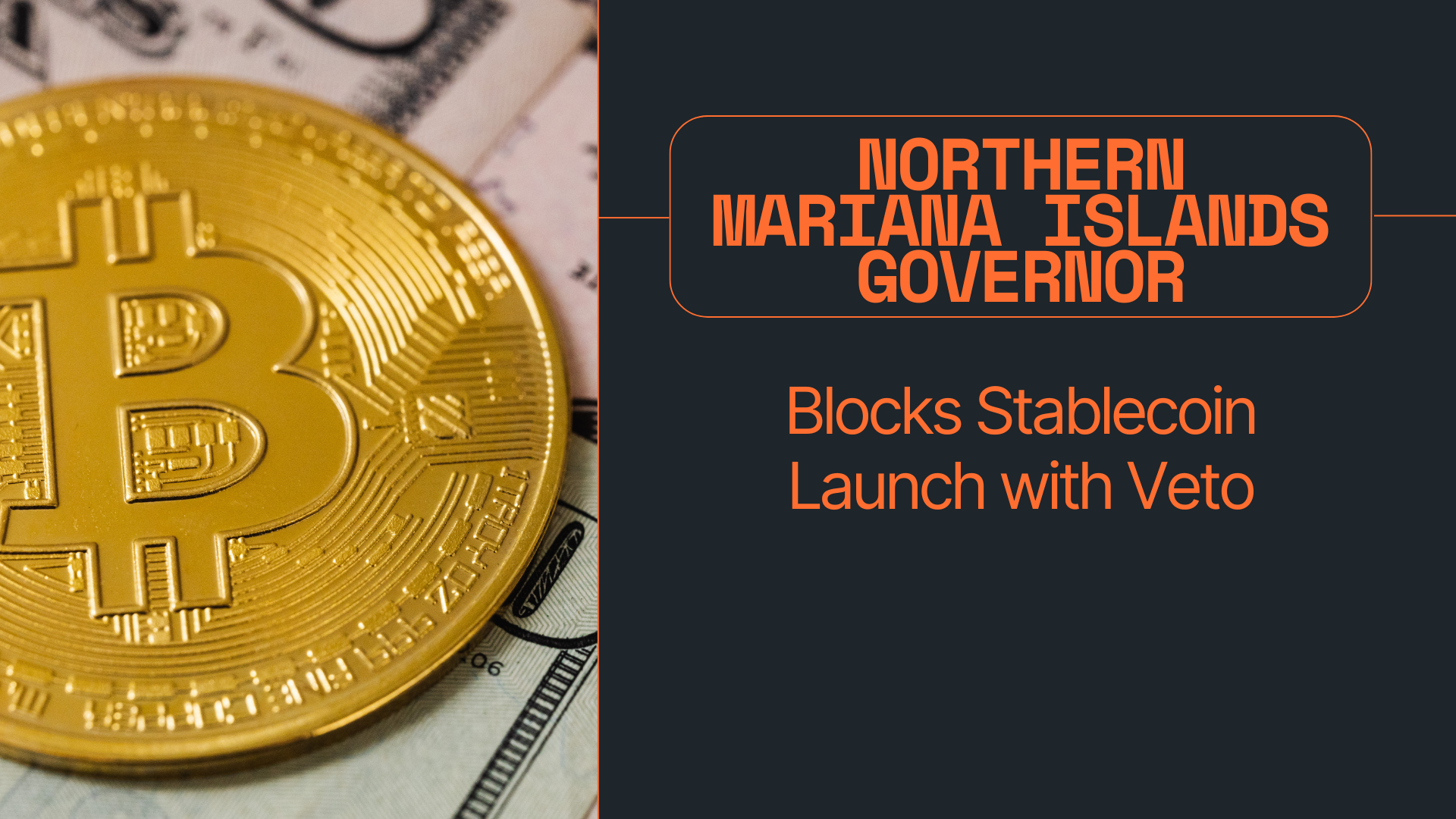
In a move that has put a damper on the Northern Mariana Islands’ ambitions to become a hub for digital assets, Governor Arnold Palacios has vetoed a bill that would have paved the way for the launch of stablecoins within the territory. The proposed legislation, which had garnered significant support in both houses of the legislature, aimed to establish a regulatory framework for stablecoins, a type of cryptocurrency pegged to a stable asset like the US dollar.
The veto, announced late last week, has sparked discussions about the future of digital currency innovation in the Northern Mariana Islands. While proponents of the bill argued it could attract new businesses and foster economic growth, Governor Palacios cited concerns regarding consumer protection and the potential for financial instability as the primary reasons for his decision.
Understanding Stablecoins and Their Appeal
Stablecoins have gained considerable traction in the cryptocurrency world due to their relative price stability compared to more volatile cryptocurrencies like Bitcoin or Ethereum. This stability makes them attractive for various applications, including trading, lending, and as a medium of exchange within the digital economy. Recognizing this potential, the Northern Mariana Islands legislature had sought to create a clear legal pathway for stablecoin issuers to operate within its jurisdiction.
Details of the Vetoed Bill
The vetoed bill outlined specific requirements for entities looking to issue stablecoins in the territory. These likely included provisions related to capital reserves, cybersecurity measures, and compliance with anti-money laundering (AML) and know-your-customer (KYC) regulations. The intention was to strike a balance between fostering innovation and safeguarding the interests of consumers and the broader financial system.
Governor’s Concerns and Rationale
However, Governor Palacios, in his official statement regarding the veto, emphasized the need for a more comprehensive and robust regulatory framework before allowing the launch of stablecoins. He expressed concerns that the current bill might not adequately address the potential risks associated with these digital assets, particularly in terms of consumer protection and financial stability.
“While I recognize the potential benefits of digital asset innovation, it is crucial that we proceed with caution and ensure that any regulatory framework we establish is comprehensive and effectively protects our consumers and the integrity of our financial system,” Governor Palacios stated. He further highlighted the rapidly evolving nature of the digital asset landscape and the importance of having regulations that can adapt to future developments.
Impact on Northern Mariana Islands’ Digital Asset Ambitions
The veto represents a setback for the Northern Mariana Islands, which has been exploring opportunities to diversify its economy and attract new industries. The territory had hoped that by establishing a favorable regulatory environment for digital assets, it could position itself as a hub for blockchain technology and cryptocurrency businesses.
Reactions to the Governor’s Decision
Supporters of the vetoed bill expressed disappointment with the governor’s decision. They argued that the legislation would have provided much-needed clarity and legal certainty for stablecoin issuers, potentially attracting significant investment and creating new jobs in the territory. They also pointed to the potential for stablecoins to facilitate faster and cheaper cross-border payments, which could benefit businesses and individuals in the Northern Mariana Islands.
The Broader Regulatory Landscape for Stablecoins
The situation in the Northern Mariana Islands mirrors the broader regulatory landscape for stablecoins in the United States. While there is growing recognition of the importance of stablecoins in the digital economy, federal and state regulators are still grappling with how best to oversee these assets. Discussions are ongoing regarding issues such as reserve requirements, interoperability, and the role of stablecoins in the traditional financial system.
Future of Stablecoin Regulation in the Territory
The future of stablecoin regulation in the Northern Mariana Islands now remains uncertain. It is possible that the legislature may attempt to revise the bill to address the governor’s concerns or potentially override the veto, although the latter would likely require a significant majority vote. Alternatively, the focus may shift towards developing a more comprehensive regulatory framework that encompasses a broader range of digital assets, taking into account the evolving landscape and best practices from other jurisdictions.
Conclusion
The veto in the Northern Mariana Islands serves as a reminder of the complexities and challenges involved in regulating the rapidly evolving world of digital assets. While the potential benefits of stablecoins are undeniable, policymakers must carefully consider the potential risks and ensure that appropriate safeguards are in place to protect consumers and maintain financial stability. The decision by Governor Palacios highlights the cautious approach many jurisdictions are taking as they navigate this new frontier of finance. The future of digital currency in the Northern Mariana Islands will likely depend on the ability of policymakers to address the governor’s concerns and develop a regulatory framework that fosters innovation while effectively mitigating potential risks.